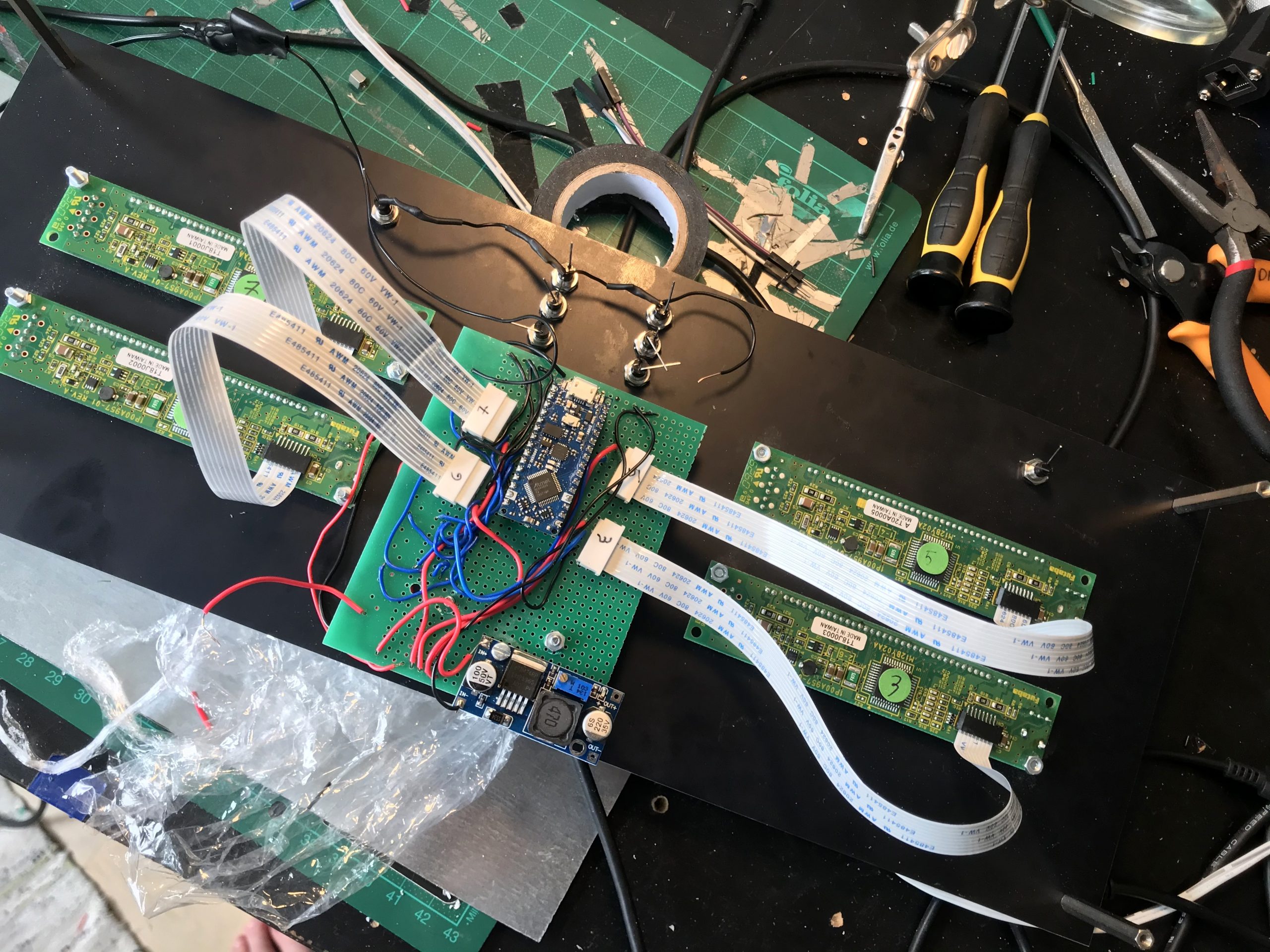

So, for this particular experiment, we can calculate the speed improvement as: 842/138=6.1 and that, as we say in the world of Engineering, doesn’t suck. If we average and round the last 4 rows of this data with see that it takes 0.00138 seconds for each thread of the RPI2 to calculate the first 50 Fibonacci numbers. If we average and round the last row of numbers we see that it takes each thread on the B+ about 0.00842 seconds to calculate the first 50 Fibonacci values. Here’s a screen grab with all the B+ sessions: The first thing we noticed was that the B+ slowed with each new shell and that the RPI2 seemed to be unaffected. Soon we had 4 SSH shells running on the B+ and four on the RPI2. Initially, the RPI2 looked to be about 1.57X faster than the B+ and so we decided to open more SSH shells. For Pi Day, March 14, Halifax Makerspace assembled a small, crack team of makers to calculate this intriguing and irrational constant. After that, we started watching the numbers scroll up the screen. Calculating Pi With a Raspberry Pi Pi is defined as the ratio of a circle's circumference to its diameter. Then using Putty, we opened an SSH shell into each of these RPIs and launched the program from the command line with python fibonacci.py. We put this program on a B+ and our new RPI2. It then prints out the average time required to calculate those 50 values. Use this interactive tool to calculate the power cost for your Raspberry Pi. The program calculates the first 50 Fibonacci values 1000 times. Then we thought we might do some power measurements so we wrote a little Python program that would exercise the CPU while we measured current. Had it not been getting late, and had we not already worked through lunch, we likely could have done more trials and gotten even closer. This is pretty darn close to the accepted approximation of 3.14. Then we verified that our products were still compatible (as it turns out there is currently a problem with the Python GPIO wrapper but this will be fixed very soon). pi (2 x 2.25 x 176) / (3 x 86) pi 3.07 So the experimental value we get for pi is 3.07.
#Calculate pi on raspberry pi download#
The first thing we did was to download the latest Raspian image. Our Pi2 arrived from Element 14 on Saturday and we wasted no time getting it fired up. Making statements based on opinion back them up with references or personal experience. Provide details and share your research But avoid Asking for help, clarification, or responding to other answers.
#Calculate pi on raspberry pi code#
Inside the try block, the actually code for measuring the distance using HC-SR04 is written. Then, open a new file (let’s say distance.py) and type in the following lines of codes: Here, line 1 imports the raspberry pi GPIO library. Nice Video of Last Summer’s KC Maker Faire Thanks for contributing an answer to Raspberry Pi Stack Exchange Please be sure to answer the question. First, connect to your Raspberry Pi using VNC or SSH.The Problem with Overclocking and the SPI Bus.How the Latest RPi Could Have Scored a Perfect Zero.


 0 kommentar(er)
0 kommentar(er)
